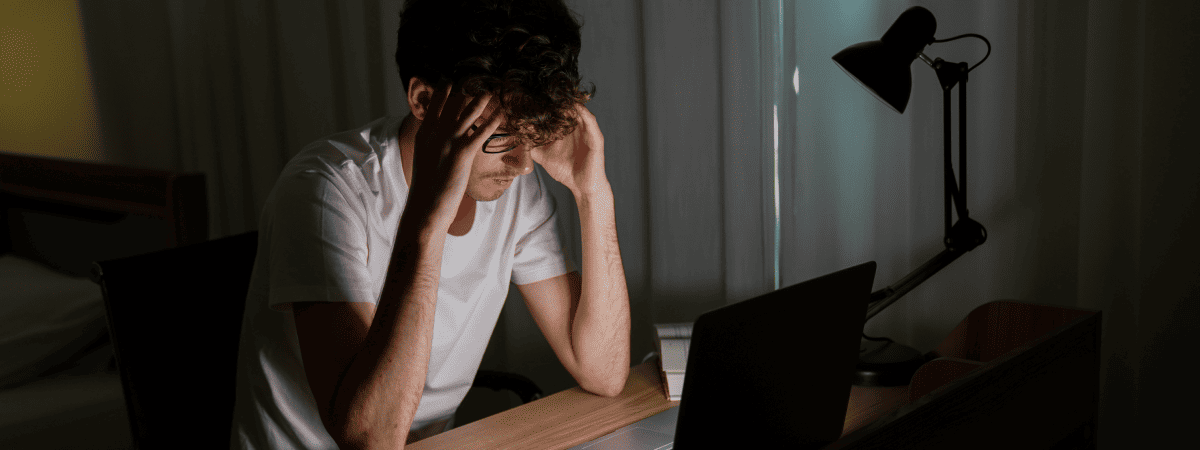Digital Detox: Why Your Mind Needs Time Away from Screens
July 25, 2025

July 25, 2025

Let’s be honest, our screens have become an extra limb. Whether it’s phones, laptops, TVs, or tablets, we’re constantly plugged in. The world runs on digital now: we work online, we socialise through messages, we relax via streaming. But while the digital world offers incredible convenience, it’s silently chipping away at something equally important: our mental clarity, focus, and emotional well-being.
This is where the idea of a digital detox comes in – not as a luxury, but as a necessity.
According to a 2023 report by Datareportal, the average global user spends nearly 6 hours and 37 minutes online daily. In India, it’s not far off either. From doomscrolling Instagram reels to back-to-back Zoom calls, we spend a significant portion of our lives inside screens.
While a few hours might seem harmless, cumulative screen exposure over months and years has a powerful effect on how we think, feel, sleep, and even connect with others.
🧠 How Constant Screen Use Affects the Mind
Let’s unpack the mental and neurological toll:
A digital detox means intentionally reducing or eliminating screen time – for a few hours, a weekend, or longer. The goal is to give your mind time to recalibrate and your body time to rest from the constant visual and cognitive input.
It’s not about throwing your phone into the ocean – it’s about creating space for stillness, presence, and genuine rest.
🔄 What Happens When You Take a Break from Screens?
People who regularly take short digital detoxes report:
And the best part? These improvements often show up within days.
🛠️ Simple, Realistic Ways to Start Your Digital Detox
You don’t have to go live in the Himalayas. Here are some achievable ways to start:
✅ Screen-Free Mornings
Don’t check your phone for the first 30–60 minutes after waking. Give your brain time to wake up naturally before bombarding it with emails or Instagram feeds.
✅ Digital Curfew
Set a cut-off time at night. Ideally, screens should be off at least an hour before sleep. Replace them with reading, stretching, or just unwinding with quiet music.
✅ App Limits & Notification Control
Use features like “Focus Mode” or “Do Not Disturb” to silence notifications. Also, set daily usage limits for high-consumption apps like Instagram, YouTube, or news apps.
✅ Tech-Free Zones
Make your bedroom, dining area, or bathroom a no-phone zone. This improves presence during mealtimes and helps break the habit of unconscious scrolling.
✅ Weekend Detox
Start with just one screen-free hour on weekends. Gradually expand to half a day or a full Sunday without screens — you’ll be surprised how restorative it feels.
🧘♀️ Replace Screen Time with Mindful Time
It’s easier to let go of something when you’re replacing it with something better. Here are a few ideas:
Remember, boredom is where imagination begins.
🧭 This Isn’t Anti-Technology. It’s Pro-Mind.
We’re not anti-digital, let’s be honest, you’re reading this online! The point of a digital detox isn’t to reject the internet; it’s to reclaim control over your attention, energy, and mental well-being. It’s about using tech intentionally, not habitually.
Your phone should be a tool, not a trap.
✅ Final Thoughts
In a world designed to keep us constantly scrolling, clicking, and reacting, choosing to step back — even briefly — is a radical act of self-care. A digital detox isn’t about disconnection from the world; it’s about reconnecting with yourself.
The more we reduce mindless digital time, the more space we make for mindful living. And that, truly, is worth every moment offline.